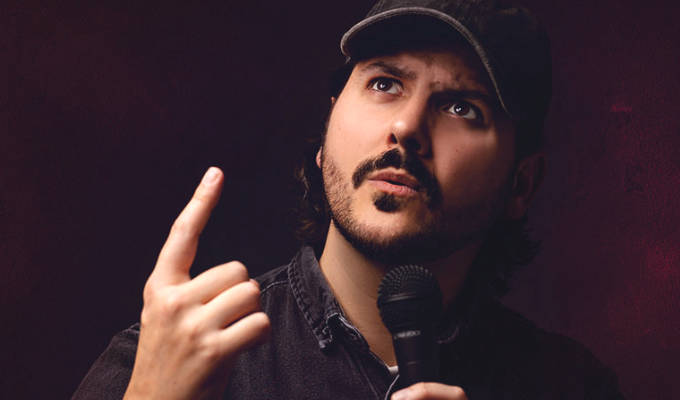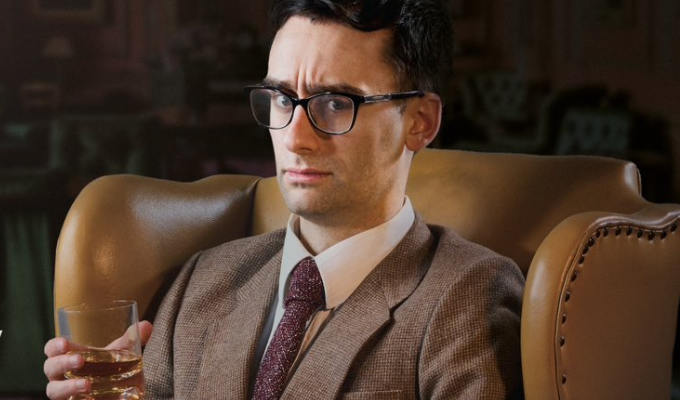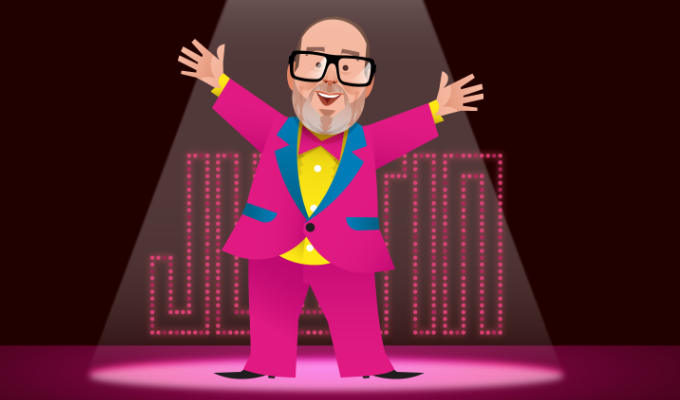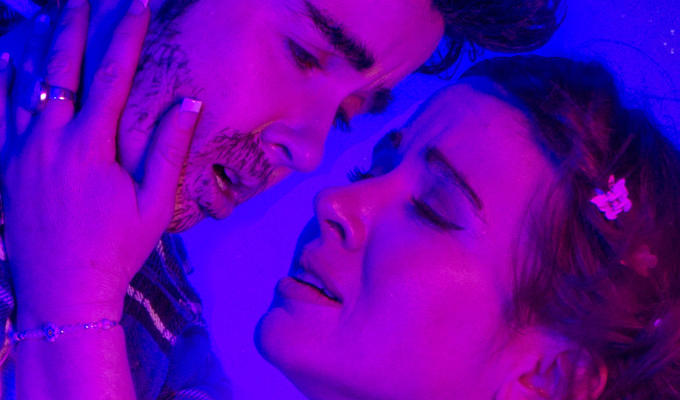The unacceptable faces of comedy
Pete Worth has a complaint...
I have come to the realisation that, when watching recorded stand-up shows, I have no desire to view close-ups of audience members' faces. Now I like a good face as much as the next person – but the gripe is more to do with what the face is doing. Laughing faces are wholly acceptable, but bad editing and unlaughing faces can lead to problems.
Everyone’s seen it; a comic has just executed a punchline, the camera then promptly cuts to a collection of faces, or worse – a single human face. This ostensibly shows the desired effect of the joke: eruptions of laughter. But variously, contained in the shot, is someone not laughing. And it’s impossible not to stare at their gormless mugs. Of course, humour is subjective, these people aren't doing anything wrong by not laughing at a particular bit. But seeing as they know they’re being filmed, you’d think they could at least risk cracking their faces by flashing a smile. Even then, it’s all the director’s and editor’s fault.
If the shot depicts a mixture of laughing and unlaughing faces, my eyes are instantly drawn from the smiling chucklers and onto the fizzogs of the expressionless. Once my attention is forced away from the comedian’s delivery, thoughts such as, ‘how is he not laughing?’, ‘why doesn’t she just shave it off?’ and a slew of brief back-stories immediately rise up, diverting and far from funny.
These cuts are also patronising, as if the viewer is being told when's appropriate to laugh. ‘Look, here’s some bastard laughing into his own tits, better join in, eh?’ The worst case is when a potentially offensive joke about race or religion is delivered and the camera then cuts to someone who could be potentially offended (usually someone wearing a turban), showing them laughing. The implied message here is explicit and simultaneously awkward: It's OK to laugh at that, they are.
It’s usually only a minor annoyance, but my viewing of Stephen K Amos's DVD The Feelgood Factor was severely soured by the shoddy editing. While it’s a fine show, the editing is abysmal. The types of edits described above are constant. At one point the camera actually cuts away in the middle of a facial Amos makes to to conclude the joke. To me, a paying customer and fan, this is unforgiveable – it’s as bad as cutting away mid-sentence. I want to watch Amos in action, not see a close up of a perplexed humanoid instead. After almost every single joke, the camera cuts to close-ups of the audiences' faces - many laughing, some not. Some look like they're trying to comprehend. I can hear the audience is laughing, I don’t need to see it happening at point-blank range.
The person charged with editing the show is supposed to be a professional, yet their decisions show disregard for the home viewer. The solution to this bane of comedy viewing is simple: don’t use close ups of the audience. Many recordings get it spot on. In Stewart Lee’s Comedy Vehicle, for example, the editing perfectly compliments the show’s tone and Lee’s trademark delivery while rarely focusing on the audience’s faces. Again, the brilliant Ross Noble’s shows are often entirely based around audience interaction but their visages are never focused on in his recordings, as it simply works much better.
The only things that are acceptable to cut to after a comedian has told a joke are: the comedian, the audience from a distance (where their faces cannot be discerned), the backs of their heads, their jiggling knees. The only face I want to be subjected to is that of the comic themselves – the expressive face with humorous sounds coming out of it.
Published: 8 Jun 2011






